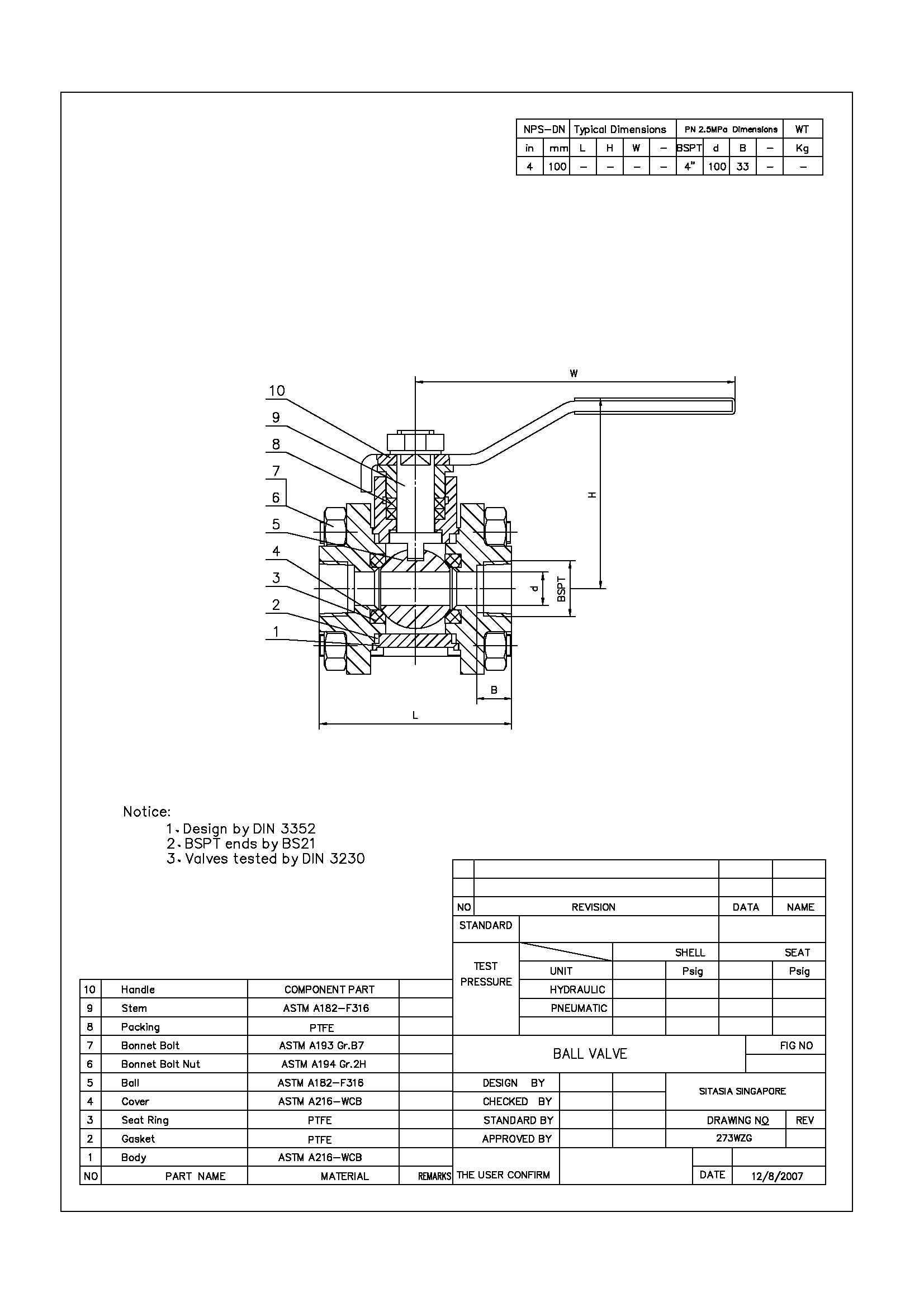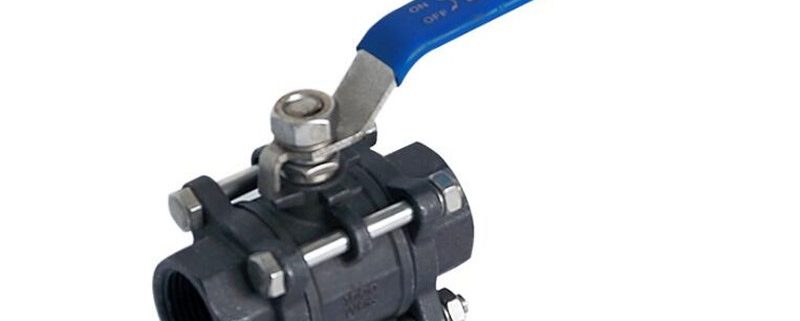What is the meaning of a full-bore ball valve?
The diameter (or diameter) is the common diameter of various pipe and pipe fittings. Pipes of the same diameter and pipe fittings can be connected to each other and are interchangeable. It is not the actual outer diameter or inner diameter of the pipe, although its value is close to or equal to the inner diameter of the pipe.
In process piping systems, most valves are designed to limit the flow to a certain range by making the flow path or area of the closure element smaller than the inner diameter of the line. Some ball valves can be designed such that their internal flow passages are of sufficient size to allow the flow to pass through without any significant restrictions. This ball valve is called a full bore ball valve because its internal flow path is equal to the full area of the inlet and the full bore ball valve is primarily used for switching. And open circuit conditions.
The reduced diameter ball valve is a valve that closes the flow rate of the component. The flow area of the opening of the closure element is less than the area of the inner diameter of the line. The primary purpose of a reduced diameter ball valve is to control the flow by reducing or by intercepting, which is equivalent to adjusting the closure element to provide a different flow of material at a certain opening.
The biggest difference between a full-bore ball valve and a reduced-diameter ball valve is that the full-bore ball valve is a constant-width flow path, and its size cannot be less than the standard-specified value, which is roughly equivalent to the nominal diameter of the specification, such as the DN50 full-bore ball valve flow path. The diameter of the flow path of the reduced diameter ball valve is wider than the diameter of the flow path. The actual diameter of the flow path is about one specification smaller than the specification. For example, the diameter of the DN50 reduced diameter ball valve is about 38, which is roughly the same as the specification of DN40. quite.






